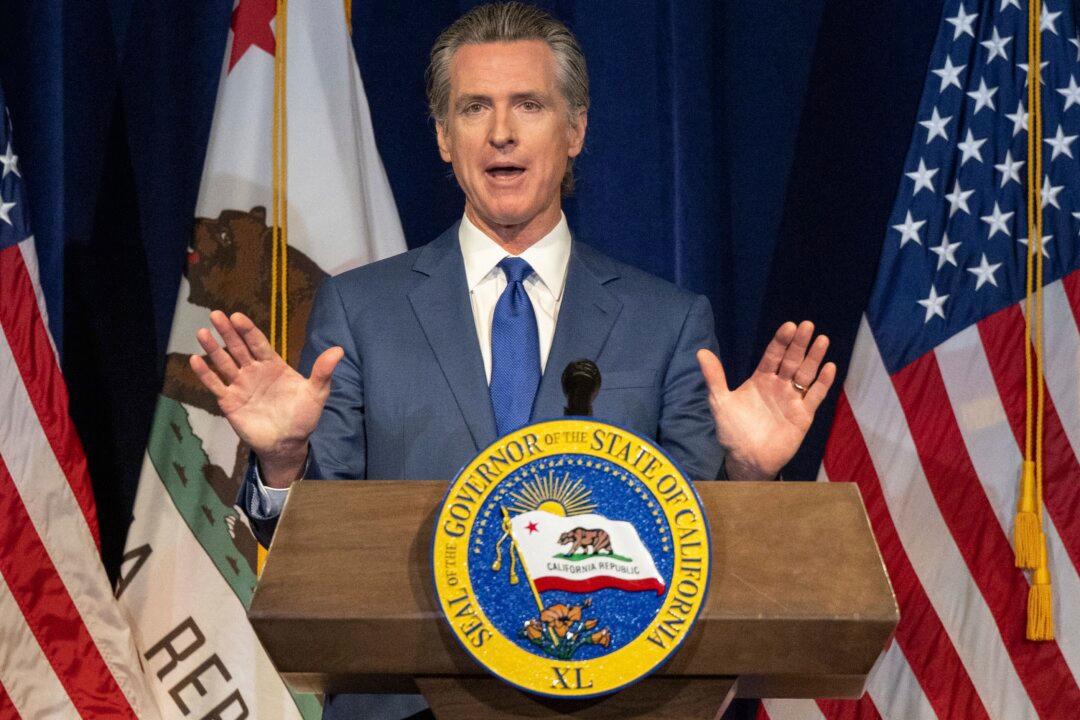Commentary
The budget deal hammered out June 27 by the Legislature and Gov. Gavin Newsom achieved its major purpose: Getting him through the current budget cycle until next year’s Democratic presidential primaries.

The budget deal hammered out June 27 by the Legislature and Gov. Gavin Newsom achieved its major purpose: Getting him through the current budget cycle until next year’s Democratic presidential primaries.